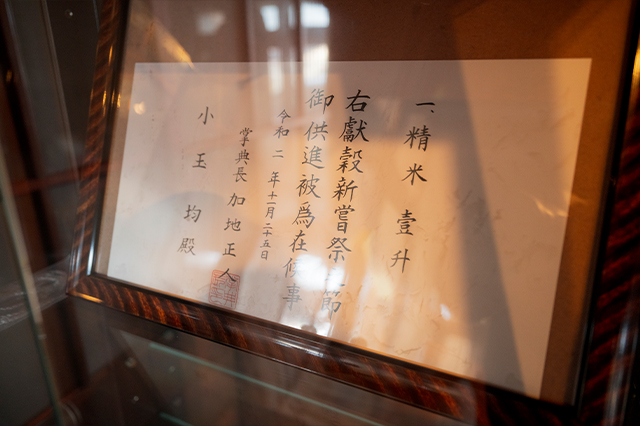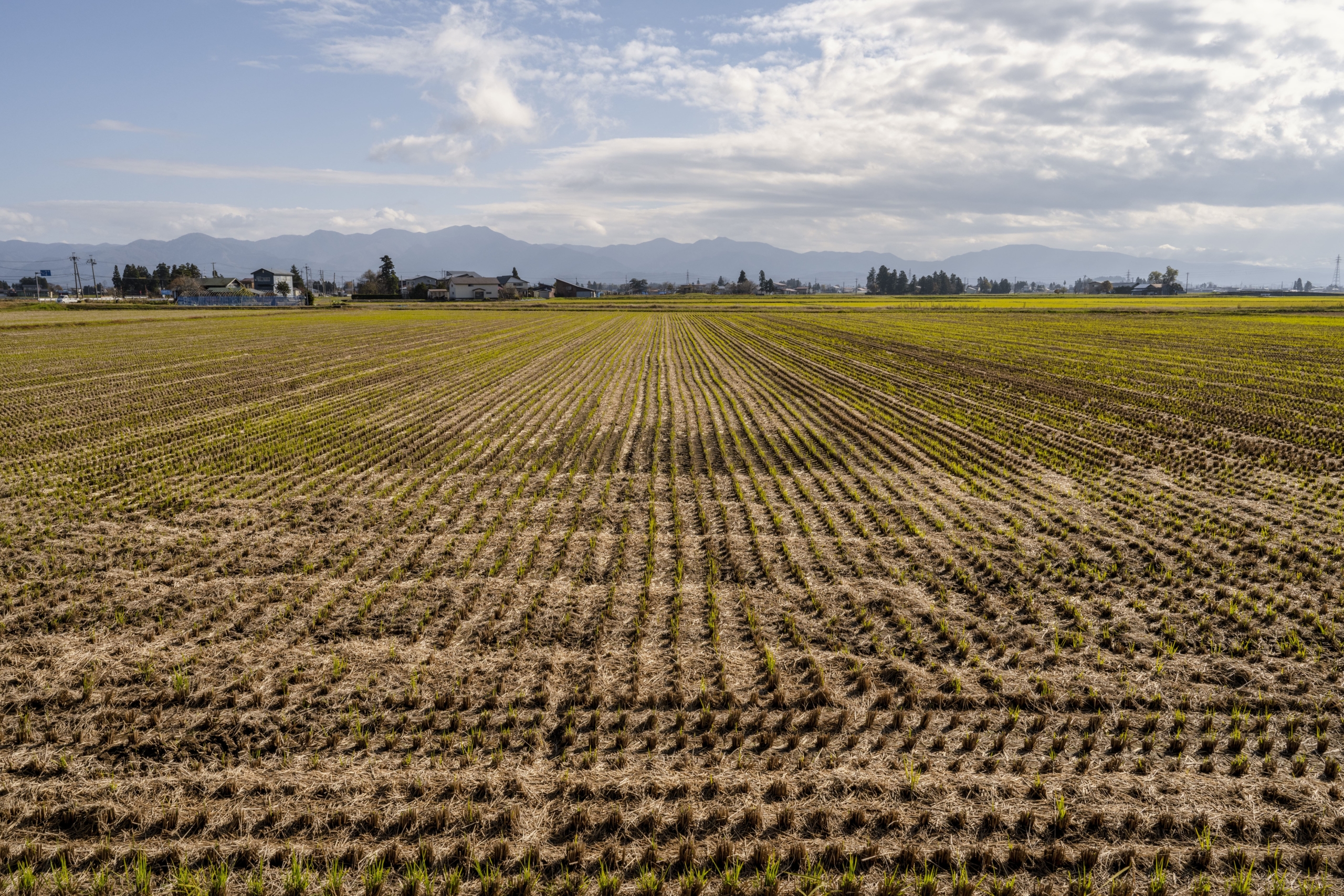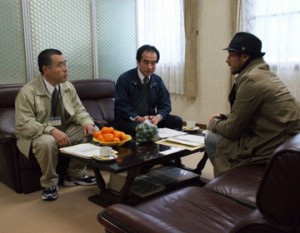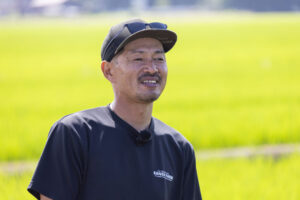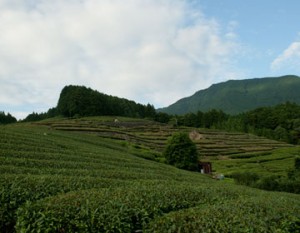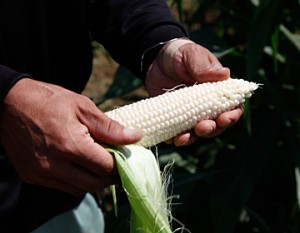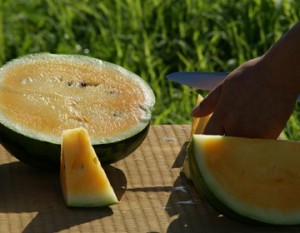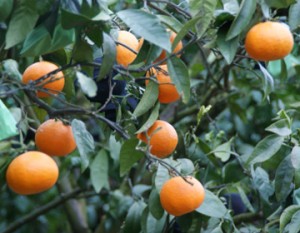“Sakihokole” rice for the top
Akita Prefecture is a rice-producing region, boasting the third largest rice production in Japan after Niigata and Hokkaido. The main rice produced in Akita is the well-known “Akita Komachi,” a rice variety with excellent stickiness and taste that was created in 1984 and soon became the top brand in Japan, and is now a staple brand in the Tohoku region. The name Akita-Komachi has long been a staple brand in the Tohoku region, and many people probably think of Akita-Komachi when they think of Akita. Akita Komachi has long been Akita Prefecture’s mainstay rice. That will not change in the future, but Sakihokore was created as a rice that aims for the top in a different direction from Akita Komachi,” said Hitoshi Kodama, a rice farmer in the Senboku Plain for generations.
The Senboku Plain, where Kodama’s rice fields are located, is an agricultural area of 10,060 ha of rice paddies in the south-central part of Akita Prefecture, straddling Daisen City, Senboku City, and Misato Town. The Omonogawa River, a first-class river, flows through the area, and the Dewa Mountains and the Ou Mountains provide moderate protection from the monsoon winds. The difference in temperature, clean water, and the environment suitable for producing high quality rice have made this an area where rice cultivation has thrived since ancient times. There is a local culture in which each farmer shares their success stories with each other, and it is also a place where farmers with the highest level of rice cultivation techniques in Japan gather. The warmth of each farmer’s desire for people to enjoy delicious rice has improved the rice cultivation techniques in the region. Mr. Kodama is also a veteran farmer who has twice won the gold medal, the highest award given to the top 10 winners of the “Obako-no-Takumi” (artisan rice growers) in the “Delicious Rice Competition” held by the Akita Obako Agricultural Cooperative, known for handling the largest amount of rice in Japan, with the aim of improving eating quality, an important consideration in consumer regions. Mr. Kodama has cultivated Akita brand rice such as “Akita Komachiya,” “Aki-no-Kirameki,” and “Yume-Obako,” and was selected as a Sakihokore test farmer for his high skills in rice cultivation, a requirement for farmers who can consistently produce high quality rice.
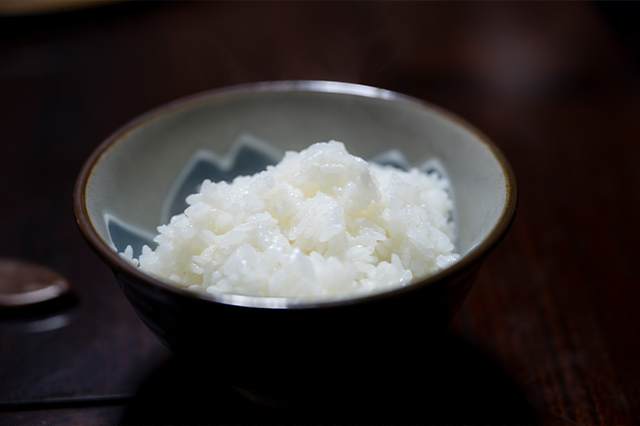
Noted as a rice that surpasses Koshihikari
Sakihokore is a new variety developed by Akita Prefecture based on the concept of “an extremely good-tasting variety that surpasses Koshihikari. While Akita Komachi is a variety for everyone, characterized by its fine texture and gentle sweetness, Sakihokore has a crispy texture with a good graininess. The more it is chewed, the more delicious and flavorful it becomes. It is said to be attracting attention as the next generation of rice among experts such as rice masters.
Because Sakihokore is a late maturing rice variety, it is grown in “recommended planting areas” where weather conditions and other factors are carefully regulated, and only growers who have met certain standards of basic rice cultivation skills are allowed to cultivate it. For these reasons, Sakihokore rice, produced with an emphasis on taste, is the rice of choice for growers.
First of all, the area must have an average daytime temperature of 22 degrees Celsius or higher when the rice is in full ripeness. In addition, the harvested Sakihokore must have a brown rice protein level of 6.4 or less. This is because a higher protein level would upset the balance of the rice’s flavor and texture. However, 6.4 or less is a very strict standard. Producers cannot easily produce Sakihokore. We are relieved that the Sakihokore we produced this year had a protein level of 5.5 and a taste of 86,” says Kodama.
For example, if you apply fertilizer to increase the yield of rice, the protein level will go up. Sakihokore is a variety that produces better quality grains one grain at a time, even if the yield is low. It is not possible to produce a good harvest without thinking and devising ways to grow the crop with a focus on flavor. Mr. Kodama took all possible measures from the first year of planting, and harvested Sakihokore that far exceeded the standard value. The taste was beyond even long-time rice farmer Kodama’s expectations.
I will continue to work hard to produce high quality rice so that Sakihokore will become a new light of Akita,” he said. I believe that if I do my best, there will be younger farmers who will follow in my footsteps, and the quality of rice production in the region as a whole will improve. I believe that this will lead to the growth of the entire production area. Mr. Kodama’s eyes were gazing into the future, the future that Japan’s rice cultivation should aim for.
